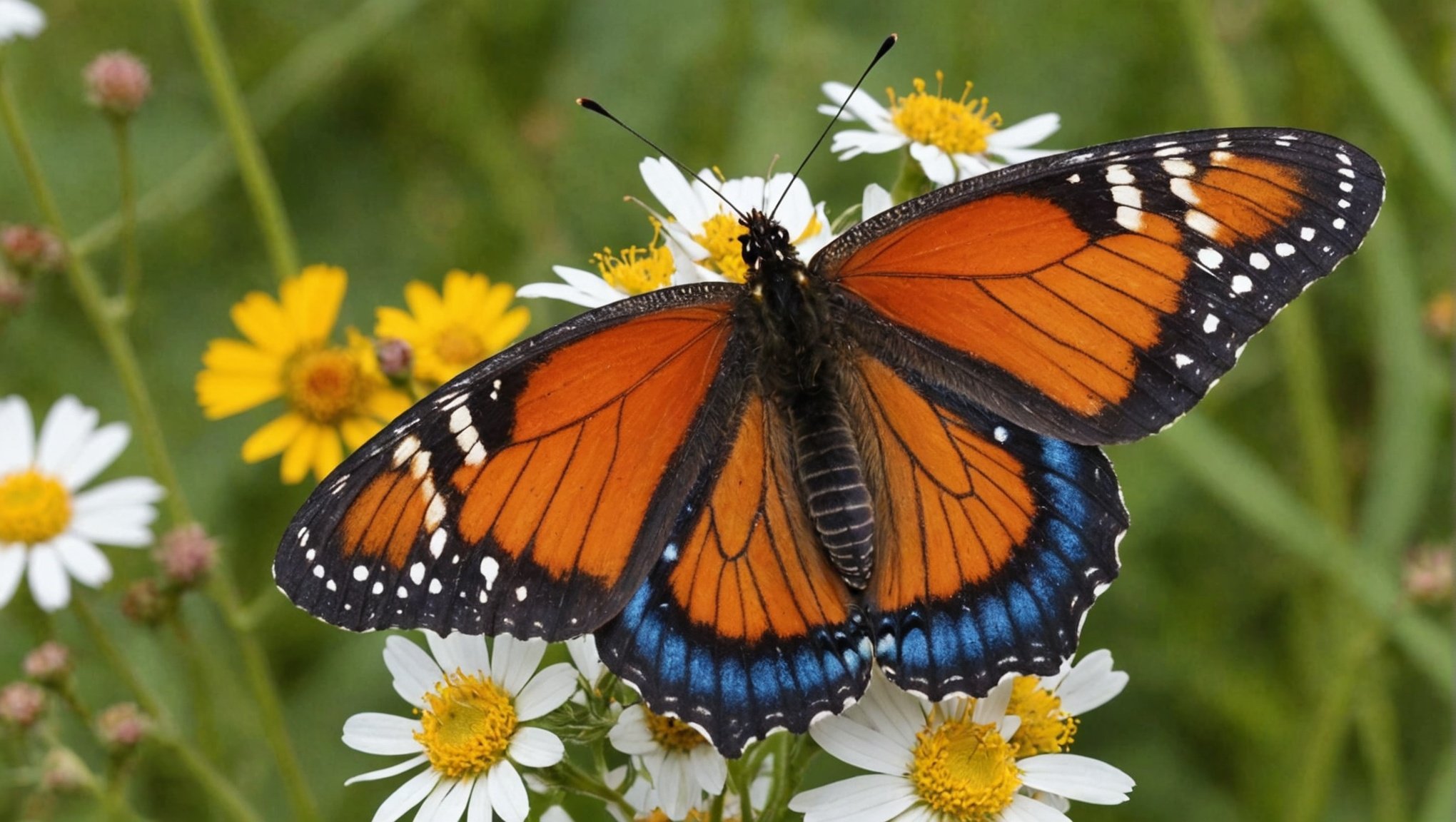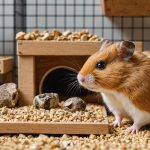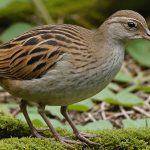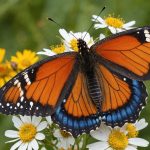British butterfly populations are declining, impacting biodiversity and ecosystems. By understanding their habitats and contributing to restoration efforts, everyone can play a part in reviving these vital pollinators. Simple actions, such as creating butterfly-friendly gardens or supporting conservation initiatives, can make a significant difference. Explore practical steps that not only beautify your surroundings but also foster a thriving environment for these enchanting creatures. Together, we can help ensure butterflies flourish once more across the UK.
Understanding the Importance of Butterfly Populations
Butterflies play a crucial role in maintaining biodiversity and the overall health of ecosystems. These vibrant creatures are not just a delight to behold; they are vital pollinators, aiding in the reproduction of many flowering plants. Their presence in an ecosystem often indicates a healthy environment, as they are sensitive to changes in climate and habitat.
A voir aussi : Exploring Cutting-Edge Techniques for Monitoring Migratory Fish Populations in UK Waters
In Britain, butterfly populations have been declining at an alarming rate. Recent statistics reveal a significant reduction in their numbers, attributed to habitat loss and climate change. This decline poses a threat to biodiversity, as butterflies are integral to food chains. They serve as prey for birds and other wildlife, thus supporting diverse ecological networks.
The Role of Butterflies
- Pollination: Essential for many plants, contributing to ecosystem health.
- Food Source: A critical part of the diet for various species.
- Indicator Species: Reflect the health of the environment.
Understanding the importance of butterfly conservation is crucial. By protecting these delicate creatures, we ensure the preservation of the intricate web of life they support, enhancing biodiversity and maintaining ecological balance. Encouraging butterfly-friendly practices can help mitigate the decline and foster a healthier planet.
Cela peut vous intéresser : Exploring UK Zoo Breeding Initiatives for the Critically Endangered Corncrake: Conservation Efforts Uncovered
Creating Butterfly Habitats
Designing a welcoming space for butterflies is both rewarding and beneficial for biodiversity.
Steps to Design a Butterfly-Friendly Garden
Creating a butterfly habitat involves thoughtful planning. Start by selecting an area with plenty of sunlight, as butterflies thrive in warm environments. Native plants are crucial; they provide the necessary nectar and host plants for caterpillars. Consider using a mix of flowering plants such as milkweed, coneflowers, and asters. These not only attract butterflies but also support their life cycle.
Recommended Native Plants for Attracting Butterflies
To enhance your garden's appeal, focus on planting species native to your region. Here's a helpful list:
- Milkweed: Essential for monarchs
- Coneflowers: Attracts a variety of butterflies
- Asters: Late-season nectar source
Importance of Water Sources and Shelter in Habitats
Butterflies need more than just plants. Incorporate water sources, like shallow dishes filled with sand and water, to provide hydration. Additionally, ensure there are sheltered areas, such as dense shrubs or logs, to protect butterflies from predators and harsh weather. By integrating these elements, you create a sustainable environment, encouraging butterfly populations to thrive and contribute to the ecosystem's health.
Planting for Butterflies
Enhancing your garden to support butterfly populations requires careful selection of plants.
Nectar-Rich Flowers for Adult Butterflies
Butterfly-friendly plants are essential for attracting these beautiful insects. Incorporating nectar sources ensures butterflies have the energy they need. Consider these nectar-rich flowers:
- Lantana: Vibrant blooms that attract a variety of butterflies.
- Zinnias: Easy to grow and a favorite among many species.
- Butterfly Bush: Offers abundant nectar throughout the season.
These plants provide continuous support, ensuring butterflies have access to food throughout their life cycle.
Importance of Larval Host Plants
While nectar-rich flowers cater to adult butterflies, larval host plants are crucial for caterpillar development. These plants offer a place for butterflies to lay eggs and for caterpillars to feed. Examples include:
- Milkweed: Vital for monarch caterpillars.
- Parsley: Supports swallowtail caterpillars.
- Nettles: Essential for several species.
Seasonal Planting Strategies
To maintain continuous butterfly support, adopt seasonal planting strategies. Plant a variety of butterfly-friendly plants that bloom at different times. This approach ensures that both nectar sources and larval host plants are available year-round, fostering a thriving butterfly habitat.
Community Involvement and Volunteer Opportunities
Discover how local efforts contribute to butterfly conservation and how you can join.
Local Conservation Groups and Their Missions
Engaging with community initiatives is a rewarding way to support butterfly conservation. Numerous local organizations focus on preserving these vital pollinators. These groups often have missions centered on habitat restoration, public education, and species monitoring. By joining these efforts, you can contribute to meaningful environmental change.
Getting Involved in Volunteer Projects
Participation in volunteer programs offers hands-on experience in conservation. Many local organizations host regular events, such as planting native species or maintaining butterfly gardens. These projects provide a platform for individuals to learn and actively contribute to ecological preservation. Engaging in these activities not only supports biodiversity but also fosters a sense of community and shared purpose.
Benefits of Community Butterfly Counts and Surveys
Involvement in community butterfly counts and surveys is crucial for tracking population trends. These activities help local organizations gather essential data, aiding in conservation strategies. Participants gain valuable insights into butterfly ecology and the challenges they face. By contributing to these efforts, volunteers enhance their understanding of biodiversity and its importance.
- Why Participate?
- Learn about local ecosystems
- Connect with like-minded individuals
- Support vital conservation efforts
Encouraging community involvement ensures the sustainability of butterfly populations and the ecosystems they support.
Engaging with Scientific Conservation Efforts
Discover the intersection of research and community involvement in butterfly conservation.
Ongoing Research Projects
Conservation science plays a pivotal role in understanding and preserving butterfly populations. Numerous research studies focus on habitat restoration, climate impact, and species interactions. These projects provide valuable insights into the ecological needs of butterflies, guiding conservation strategies.
Citizen Science Contributions
Citizen scientists are integral to data collection efforts. By participating in field observations and submitting findings, they enhance the scope of conservation science. This collaborative approach allows researchers to gather extensive data across various regions, improving the accuracy of research studies.
- Benefits of Citizen Science:
- Expands data collection reach
- Engages the public in scientific inquiry
- Supports real-time monitoring of butterfly populations
Success Stories in Conservation
Notable success stories highlight the impact of scientific efforts. For instance, a collaborative project in the UK successfully restored habitats, leading to a 20% increase in local butterfly populations. Such achievements underscore the importance of integrating citizen science with professional research, ensuring the success of conservation science initiatives. Through these efforts, both scientists and volunteers contribute to the sustainability and recovery of butterfly species worldwide.
Educational Resources and Workshops
Explore opportunities for learning and engagement in butterfly conservation.
Overview of Workshops Available for Community Education
Engaging with workshops provides valuable insights into butterfly conservation. These educational programs are designed to enhance understanding of ecological practices and the importance of butterflies. Many local organizations offer workshops focusing on habitat creation, species identification, and conservation techniques.
Resources for Schools and Educational Institutions
Schools and educational institutions can access a wide array of butterfly conservation resources. These materials are essential for integrating butterfly ecology into curricula, fostering early awareness among students. Resources often include detailed guides, interactive activities, and visual aids to facilitate learning.
- Resource Highlights:
- Lesson plans tailored to different age groups
- Interactive modules for hands-on learning
- Visual aids like posters and infographics
Importance of Spreading Awareness about Butterfly Conservation
Raising awareness through educational programs is crucial for the success of butterfly conservation efforts. By participating in workshops and utilizing available resources, individuals and communities can contribute significantly to conservation initiatives. Education empowers people to make informed decisions, supporting the preservation of butterfly populations and their habitats. This collective effort ensures a sustainable future for these vital pollinators.
Creating Pollinator-Friendly Spaces
Designing environments that support diverse pollinators enhances ecosystem resilience and biodiversity.
Supporting Multiple Pollinators
To create effective pollinator gardens, it's essential to focus on plant diversity. This approach not only benefits butterflies but also attracts bees, hummingbirds, and other vital pollinators. Diverse plant selection ensures a continuous supply of nectar and pollen, supporting a wide range of species throughout the growing season. A mix of flowering plants with varying bloom times and colors can significantly enhance biodiversity and ecosystem support.
Importance of Plant Diversity
Incorporating a variety of plants is crucial for ecosystem health. Diverse plant species provide different resources and habitats, fostering a balanced environment. For example, native wildflowers, shrubs, and trees can create a layered habitat that supports multiple pollinators. This diversity is key to biodiversity enhancement, offering food and shelter to a broader range of species.
Successful Urban Pollinator Gardens
Urban areas have successfully implemented pollinator gardens, demonstrating their value in enhancing biodiversity. Notable examples include community gardens and rooftop spaces that integrate native plants. These gardens serve as vital refuges for pollinators, showcasing the potential for urban environments to contribute to ecosystem support.
- Benefits of Urban Pollinator Gardens:
- Increased urban biodiversity
- Improved air quality
- Community engagement opportunities
Advocacy and Policy Involvement
Engaging in advocacy and policy-making is crucial for butterfly conservation and environmental protection.
Supporting Policies for Natural Habitats
Environmental policy plays a significant role in safeguarding natural habitats essential for butterfly survival. Advocating for legislative support ensures that conservation efforts are prioritized in government agendas. Policies that focus on habitat restoration and protection can significantly enhance biodiversity and ecosystem resilience.
Engaging with Local Representatives
To influence conservation advocacy, individuals can engage with local representatives. This involves voicing concerns about habitat destruction and the importance of butterfly protection. Writing letters, attending town hall meetings, or participating in public forums are effective ways to communicate the need for robust environmental policies.
Successful Advocacy Campaigns
Numerous advocacy campaigns have successfully influenced legislative outcomes for butterfly conservation. For example, a recent campaign in California led to the establishment of protected areas specifically for monarch butterflies. These efforts demonstrate the power of collective action in shaping environmental policy.
- Key Elements of Successful Campaigns:
- Strong community involvement
- Clear communication of goals
- Collaboration with environmental organizations
By actively participating in conservation advocacy, communities can drive legislative support, ensuring the protection and sustainability of butterfly populations and their natural habitats.
Measuring Success and Impact
Evaluating butterfly conservation efforts requires precise methods and shared success stories.
Methods for Evaluating Conservation Success
Assessing the impact of butterfly conservation efforts involves several conservation metrics. These include population counts, habitat quality assessments, and biodiversity indices. Regular monitoring ensures that conservation goals are met and helps identify areas needing improvement. For example, population counts can indicate whether restoration efforts are successful, while biodiversity indices measure the variety of species supported by restored habitats.
Case Studies of Successful Restoration Projects
In Britain, several restoration projects have demonstrated significant success. A notable example is the revival of the Large Blue butterfly, which had been extinct in the UK. Through meticulous habitat management and impact assessment, conservationists reintroduced this species, leading to a thriving population. Such success stories highlight the effectiveness of targeted conservation strategies.
Importance of Sharing Successes
Sharing success stories inspires further action and fosters collaboration among conservationists. By publicizing achievements, organizations can attract funding and volunteers, amplifying their impact. This approach not only celebrates progress but also educates the public on the importance of butterfly conservation.
- Benefits of Sharing Successes:
- Encourages community involvement
- Attracts funding and resources
- Educates and inspires future efforts
By focusing on impact assessment and sharing achievements, butterfly conservation initiatives can drive positive change and ensure sustainable outcomes.













